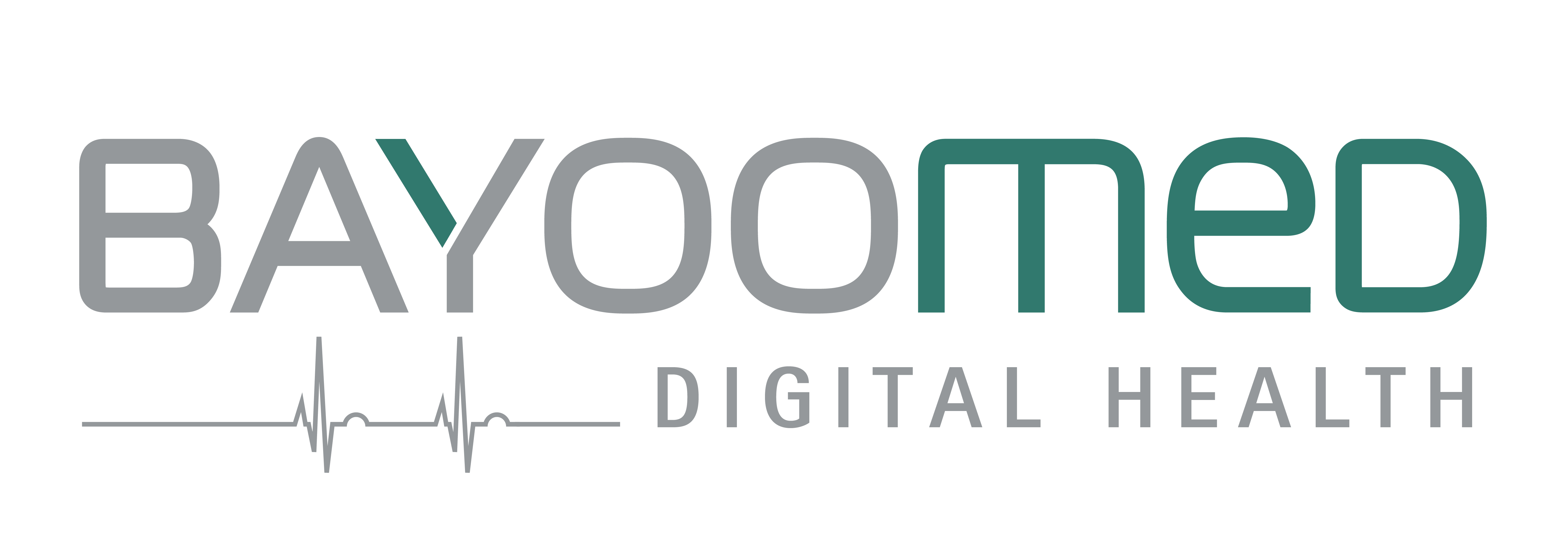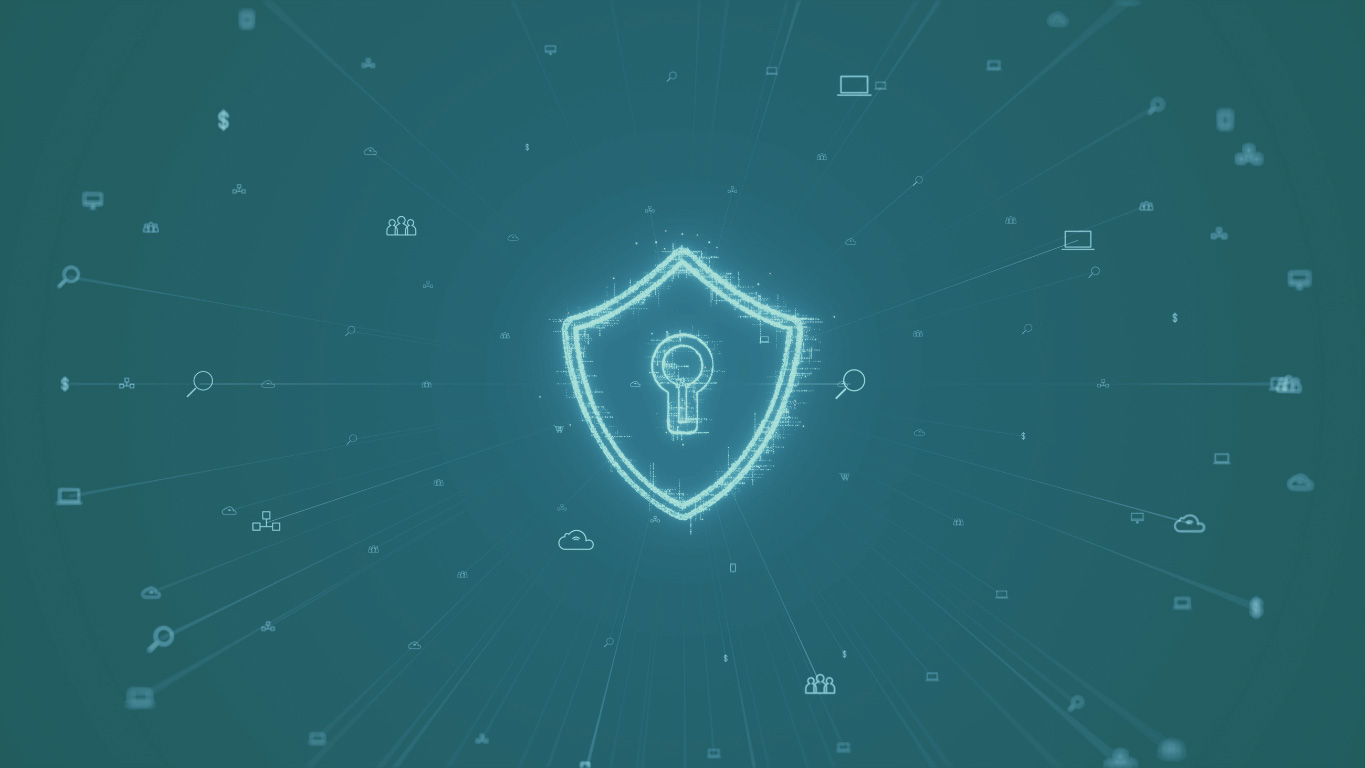In times of rapid technological progress and digital transformation, the topic of cybersecurity is becoming increasingly important. Medical devices and medical treatment environments are also increasingly becoming the focus of hackers, as the annual situation report of the german Federal Office for Information Security (BSI) shows.
But what about the security of medical devices? Here, studies such as ManiMed and eCare show a frightening picture. It is to be feared that it is only a matter of time before direct attacks on medical devices claim their first victims.
In this article, I aim to emphasize the key reasons why the following elements—overview, skills, communication, security by design, documentation, and efforts —are vital for effective cybersecurity processes during product development:

Sebastian Wittor
Cybersecurity Expert
Sebastian Wittor is cybersecurity expert at BAYOOMED and has been supporting our customers in the secure development of their medical devices as Project Manager Medical Engineering for over three years.

